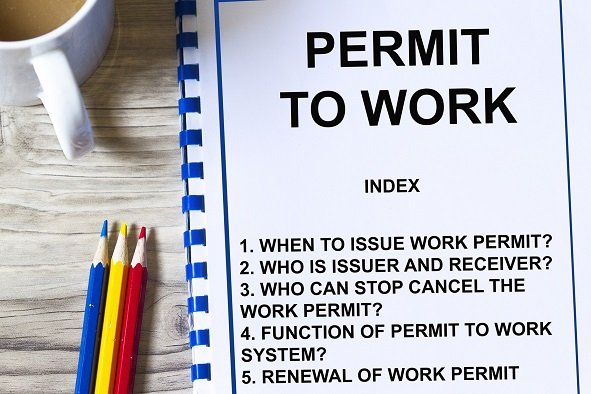Manual Handling and Ergonomics – 12 Modules | One Day USD: 150/- and Two Day USD: 250/- Per Pax.
Description
Module 1: Introduction to Manual Handling and Ergonomics
- Definition and importance of safe manual handling
- Relationship between ergonomics and worker health
- Legal requirements (OSHA, ISO 11228, EU Manual Handling Directive)
Module 2: Understanding Manual Handling Hazards
- Common causes of manual handling injuries
- Back strains, muscle fatigue, and repetitive motion injuries
- Environmental and task-related factors
Module 3: Anatomy of the Spine and Body Mechanics
- Basic structure and function of the spine and muscles
- How poor posture causes injury
- Importance of natural alignment during lifting
Module 4: Risk Assessment for Manual Handling Tasks
- Identifying hazardous lifting tasks
- Assessing load weight, frequency, and posture
- Using manual handling risk assessment tools (TILE: Task, Individual, Load, Environment)
Module 5: Principles of Safe Lifting and Carrying
- Step-by-step guide to proper lifting technique
- Team lifting and use of aids
- Avoiding twisting, jerking, or overreaching movements
Module 6: Ergonomics in the Workplace
- Ergonomic design of workstations, tools, and equipment
- Adjusting height, reach, and visibility for comfort
- Reducing repetitive strain and awkward positions
Module 7: Use of Mechanical Aids and Equipment
- Types of aids: trolleys, hoists, conveyors, pallet jacks
- Safe handling and inspection of aids
- Choosing the right equipment for the job
Module 8: Work Environment Factors
- Lighting, temperature, and space considerations
- Slippery surfaces and trip hazards
- Impact of noise and distractions on safety
Module 9: Training and Competency Requirements
- Worker and supervisor responsibilities
- Periodic training and refresher programs
- Promoting awareness of ergonomic hazards
Module 10: Incident Prevention and Response
- Recognizing early symptoms of musculoskeletal injuries
- Reporting procedures for manual handling incidents
- First aid and medical management for back injuries
Module 11: Continuous Improvement and Ergonomic Assessment
- Regular ergonomic evaluations of workplaces
- Feedback systems for improving design and practices
- Integration with safety management systems
Module 12: Building a Culture of Safe Manual Handling
- Encouraging worker participation and ownership
- Good housekeeping and layout for easy movement
- Recognition and reinforcement of safe behaviors
View more Courses
Hi, Welcome back!




